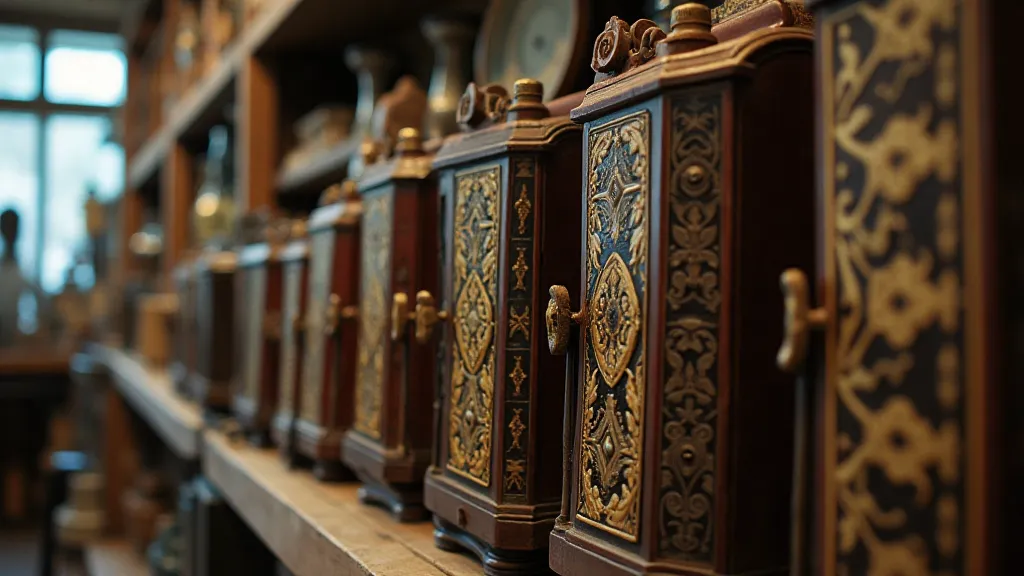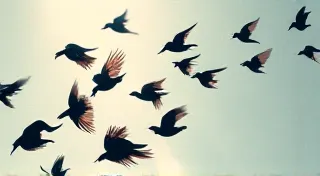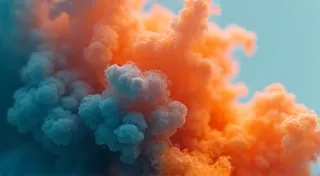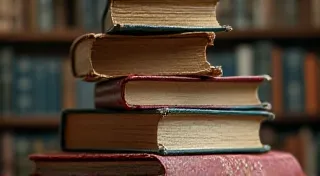The Whispers of the Reservoir: Finding Community and Inspiration in Left-Handed Calligraphy Workshops
There's a particular resonance to antique accordions. The scent of aged leather and wood, the faint ghost of melodies echoing within their bellows – it speaks of journeys, of shared moments, of artistry passed down through generations. As a left-handed calligrapher, I find that same feeling intertwined with my practice. It’s a quest for connection, a search for understanding in a world often designed for the right-handed.
For years, calligraphy felt like a solitary pursuit. The smudging, the awkward hand positioning, the constant struggle to adapt techniques designed for someone else – it was a frustrating dance. I devoured books, watched countless online videos, but the feeling of isolation persisted. Then, I stumbled upon a left-handed calligraphy workshop. It wasn’t just about learning; it was about finding a harbor.
The Unique Challenges and Quiet Victories
The challenges faced by left-handed calligraphers aren't just minor inconveniences. They're fundamental shifts in how we approach the craft. The smear – a familiar foe! Our natural inclination to pull the pen across the paper leads to a frustrating tango with ink. The awkward wrist angles, the constant adjustments... they can be demoralizing. Watching right-handed calligraphers glide effortlessly across the page can feel like observing a different species. We’ve all been there, haven’t we?
Many left-handed individuals face societal assumptions about skill and dexterity. The persistent myth that left-handedness equates to some inherent disadvantage can be discouraging. It’s a notion we’re actively dismantling within the calligraphy community. It can feel like you’re battling ingrained stereotypes while trying to master a craft, but embracing the uniqueness of your perspective is key. This relates to a broader examination of the myths surrounding left-handed skill and how we can actively challenge and overcome them.
But within those challenges lies a resilience, a quiet determination. Left-handed calligraphers are problem-solvers. We adapt. We innovate. We carve our own path. And a workshop, a space dedicated to our unique perspective, is where that spirit truly flourishes. It’s a validation of our struggles, a recognition that we aren't alone in this beautiful, slightly messy, pursuit.
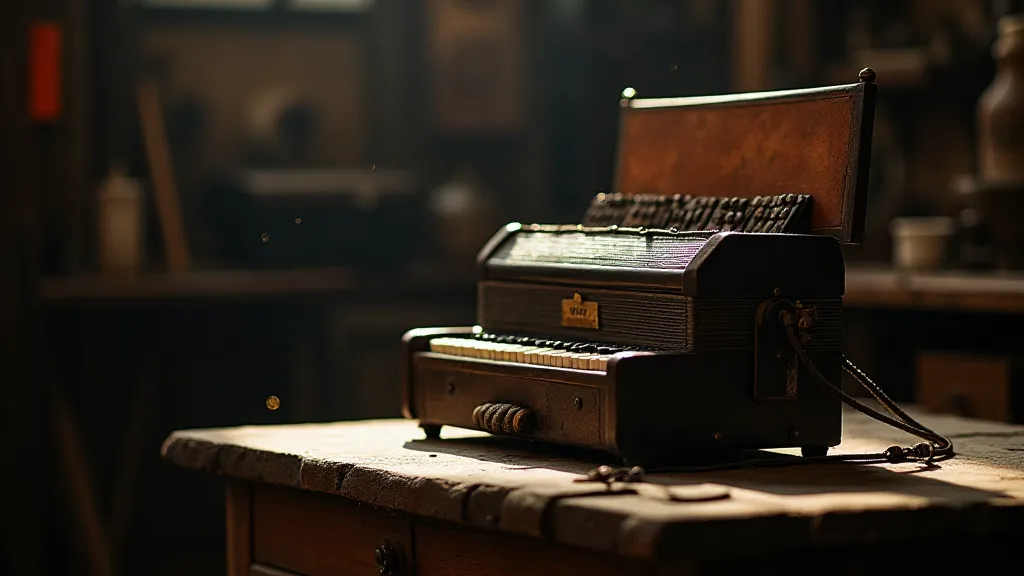
More Than Just Strokes: The Value of Personalised Feedback
Online tutorials are wonderful resources, but they often lack the nuance of personalized guidance. A workshop allows for direct interaction with an instructor who understands the specific hurdles faced by left-handed calligraphers. They can observe your posture, analyze your pen angle, and offer corrections in real-time. These small adjustments, often overlooked in self-study, can make a world of difference.
I recall one workshop where my instructor noticed my pen grip was causing unnecessary strain on my wrist. He gently adjusted my hand position, demonstrating a more relaxed and efficient technique. It was a simple change, but it eliminated weeks of discomfort and significantly improved the fluidity of my strokes. That kind of tailored feedback is invaluable – it's the difference between struggling and thriving.
Furthermore, workshops are a brilliant space to experiment. Often, we’re hesitant to try new styles or techniques outside of our familiar comfort zones. A workshop provides a safe and supportive environment to take risks, to make mistakes, and to learn from them without the fear of judgment. It's where we truly push our boundaries and discover new facets of our artistic potential. Finding your own unique voice as a left-handed artist is a process of experimentation and breaking free from convention. The development of a distinct calligraphic voice is often guided by an openness to experimentation and risk-taking. For those seeking to cultivate a unique style, you might find inspiration in a deeper exploration of developing a unique calligraphic voice.
The Symphony of Shared Experience: Building Community
Perhaps the most profound benefit of a left-handed calligraphy workshop isn’t about technique; it's about community. It’s about connecting with others who understand the peculiar joy and frustration of writing left-handed. It’s about sharing tips, laughter, and encouragement. The feeling of belonging is transformative. Suddenly, that solitary pursuit feels less isolating, more collaborative.
There’s a unique camaraderie amongst left-handed creatives. We share a bond forged in the trenches of adaptation. We celebrate each other’s successes, offering a supportive shoulder during moments of doubt. It’s a space where vulnerability is embraced, and authenticity is cherished. Learning from each other isn’t competitive, it’s empowering. It’s like a small, self-selected society, bound together by ink and a shared perspective.
I’ve made lifelong friends through calligraphy workshops – individuals I’m incredibly grateful to have in my creative circle. We continue to share ideas, critique each other’s work, and simply offer a listening ear when needed. That support system is invaluable, extending far beyond the confines of the workshop itself.
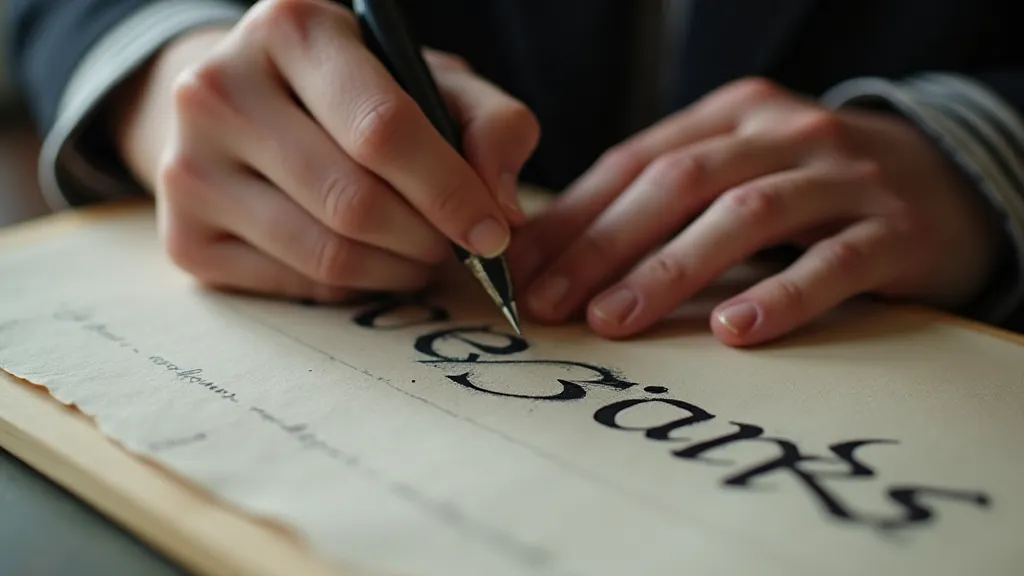
The Legacy of Craftsmanship and Restoration
The beauty of old accordions, like the beauty of calligraphy, lies in the craftsmanship. Each key, each bellows, speaks of hours spent honing a skill, of dedication to a meticulous process. Understanding the history of an accordion – the maker's mark, the materials used, the era it represents – adds another layer of appreciation.
Similarly, with calligraphy, studying historical scripts and the tools used by master calligraphers provides a deeper understanding of the art form. It's about more than just replicating beautiful letters; it's about connecting with a lineage of artisans, of embracing the legacy of the craft. Even the simple act of choosing a nib - understanding its purpose and how it will interact with the ink – is an exploration of craftsmanship.
The art of calligraphy isn’t just about creating beautiful lettering; it’s also about understanding the science of ink flow and paper interaction. A common challenge left-handed calligraphers face is managing ink smudging, due to the natural pull across the page. Those looking for practical solutions and techniques to overcome this issue might find helpful strategies in a detailed exploration of navigating ink smudging.
The restoration of old accordions is a testament to that dedication. Carefully repairing damaged bellows, cleaning corroded keys, preserving the original finish – it’s a labor of love, a way of honoring the past. And in a way, we do the same with our calligraphy. We strive to preserve the integrity of the script, to use the best materials, to honor the tradition while forging our own unique style. That’s what gives the work a soul.
Finding Your Corner: Connecting with Left-Handed Calligraphy Workshops
For left-handed calligraphers, workshops are more than just learning opportunities; they are havens of understanding, spaces for growth, and communities of belonging. If you're feeling frustrated, isolated, or simply looking to elevate your skills, I wholeheartedly encourage you to seek out a left-handed calligraphy workshop. It may just be the key to unlocking your creative potential and finding your corner in the world of calligraphy.
The quiet whispers of shared experience, the resonance of personalized feedback, the joy of belonging – these are the treasures waiting to be discovered within the walls of a left-handed calligraphy workshop. Embrace the journey. Find your community. And let your unique voice resonate through the beautiful art of calligraphy. Often, even the simplest adjustment, like changing the angle at which you hold your pen, can dramatically impact your results. For many left-handed individuals, finding the correct paper angle is crucial for preventing smudging and achieving a smoother stroke. You can find resources and exercises to help fine-tune this aspect of your technique, in materials related to the subtle art of paper angle adjustment for left-handed calligraphers.
